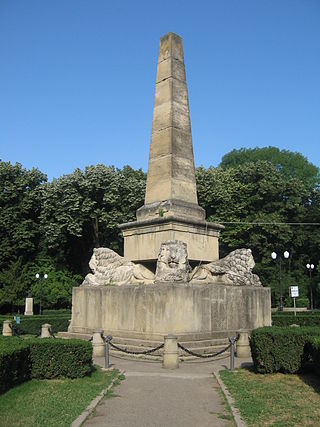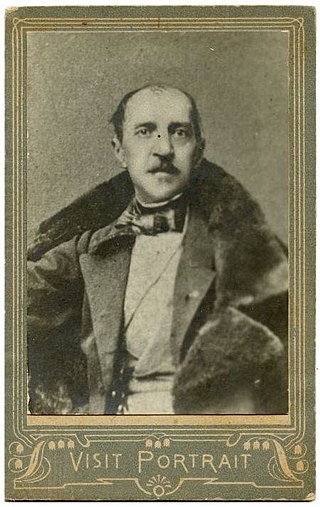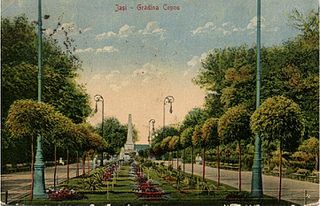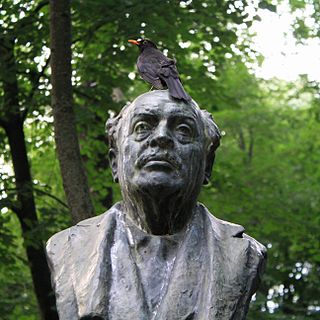Self-guided Sightseeing Tour #1 in Iași, Romania
Legend
Guided Free Walking Tours
Book free guided walking tours in Iași.
Guided Sightseeing Tours
Book guided sightseeing tours and activities in Iași.
Tour Facts
0.3 km
1 m
Experience Iași in Romania in a whole new way with our free self-guided sightseeing tour. This site not only offers you practical information and insider tips, but also a rich variety of activities and sights you shouldn't miss. Whether you love art and culture, want to explore historical sites or simply want to experience the vibrant atmosphere of a lively city - you'll find everything you need for your personal adventure here.
Individual Sights in IașiSight 1: Statuia Costache Negruzzi
Constantin (Costache) Negruzzi was a Romanian politician and writer of the Papist period.
Sight 2: Obeliscul Leilor

The Lions' Obelisk, also known as the Obelisk of Lions is a historical monument in Copou Park, Iași, Romania.
Sight 3: Parcul Copou
The Copou Park or Copou Gardens is the oldest public park in Iași, Romania. Its development started in 1834 under the reign of Mihail Sturdza, making the park one of the first public gardens in Romania and a Iași landmark. In its centre lies the Lions' Obelisk (1834), a 13.5 m (44 ft) tall obelisk dedicated to Regulamentul Organic, the first law on political, administrative and juridical organization in the Romanian Principalities.
Sight 4: Statuia Emanoil P. Bardasare
Emanoil Panaiteanu-Bardasare was a Romanian painter.
Sight 5: Monumentul Eroilor Divizia a2a Cavalerie
The Attacking Cavalryman Statue in Iași, Romania is a bronze monument executed by sculptor Ion Dimitriu-Bârlad and unveiled in 1927. One of the city's signature monuments, it is located in front of the SuperCopou store, across the street from the main entrance to Copou Garden.
Share
How likely are you to recommend us?
Disclaimer Please be aware of your surroundings and do not enter private property. We are not liable for any damages that occur during the tours.
GPX-Download For navigation apps and GPS devices you can download the tour as a GPX file.


